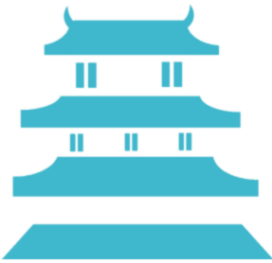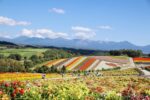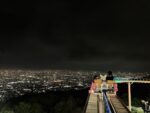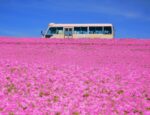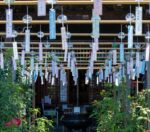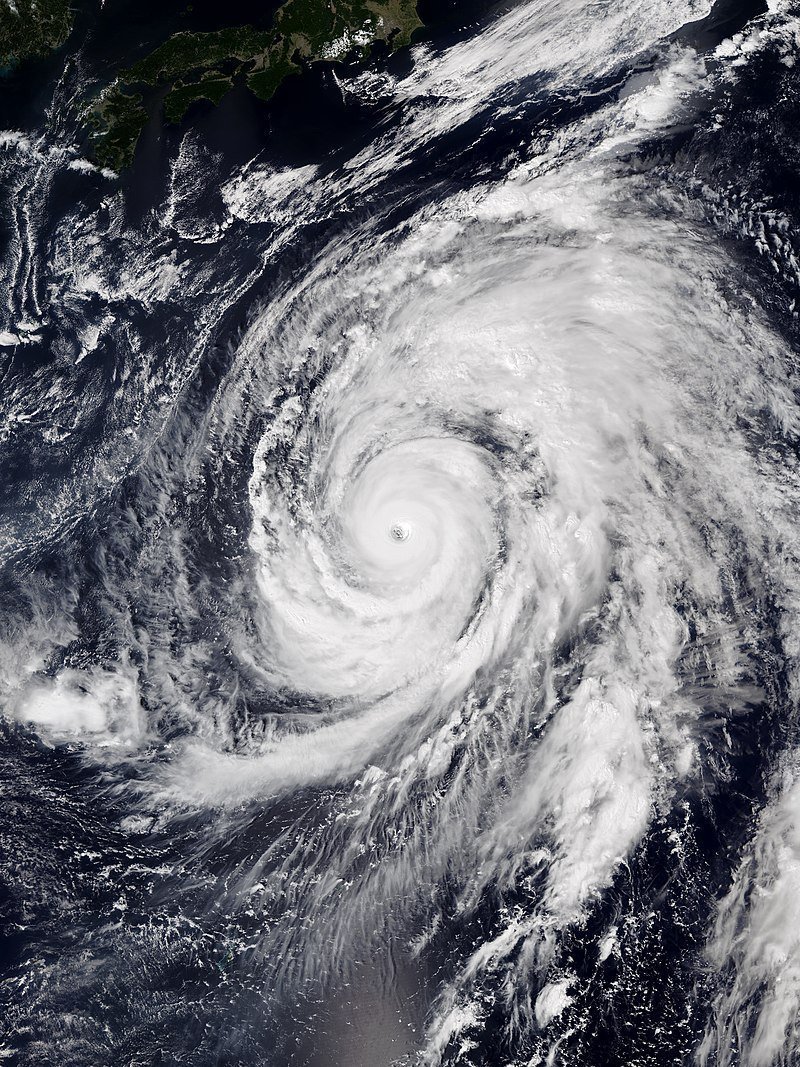
What Is a Typhoon?
A typhoon is a powerful tropical storm that occurs in the northwest Pacific Ocean. Similar to hurricanes in the Atlantic, typhoons bring heavy rain, strong winds, and the potential for flooding or landslides. In Japan, typhoons can significantly impact daily life, including public transportation, flights, and local businesses.
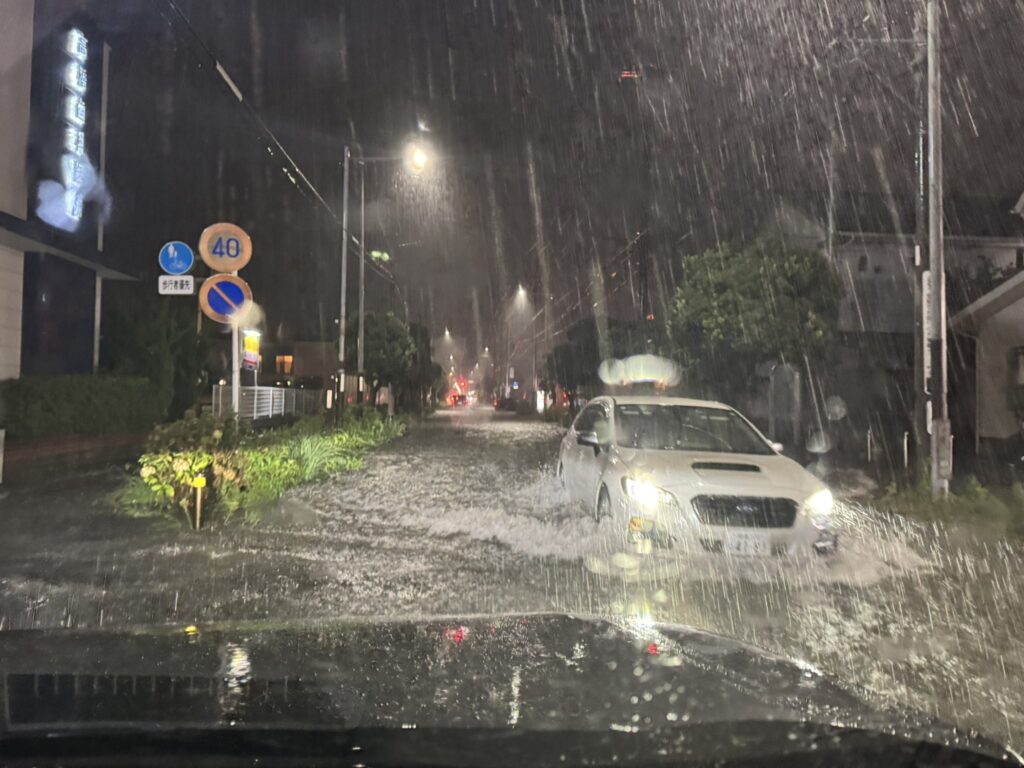
When Is Typhoon Season in Japan?
Typhoons most commonly occur between June and October, with August and September being the peak months. If you’re planning to visit Japan during this period, it’s essential to stay updated on weather forecasts and prepare for possible disruptions.
What to Do When a Typhoon Is Approaching
If a typhoon is forecasted during your stay, follow these tips to stay safe:
- Check the Weather Regularly: Use weather apps like Japan Meteorological Agency (JMA) or NHK World for updates in English.
- Follow Local Warnings: Pay attention to announcements from your hotel or local authorities.
- Avoid Going Out: Stay inside your hotel or accommodation. Typhoons can bring dangerous wind gusts and flying debris.
- Don’t Go Near the Coast or Rivers: Waves can be extremely high, and riverbanks may overflow. Even if the weather seems calm, it’s best to stay away.
- Plan Your Movement Carefully: If you must go out, stay close to your hotel and avoid areas that you can’t return from on foot.
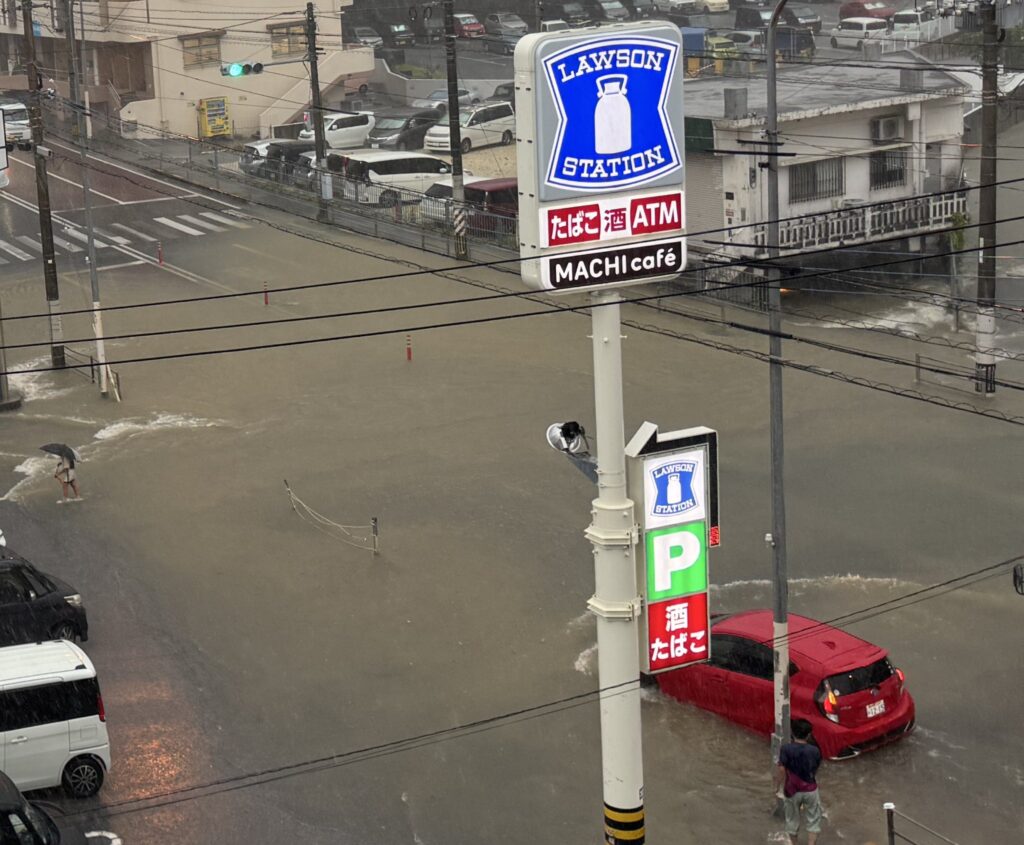
Closures and Cancellations
During a typhoon, it’s common for:
- Train services (including shinkansen) to be delayed or suspended.
- Domestic and international flights to be canceled.
- Shops, restaurants, and tourist spots to close without notice.
Always check ahead before going out. Hotels usually offer updates at the front desk or via their websites.
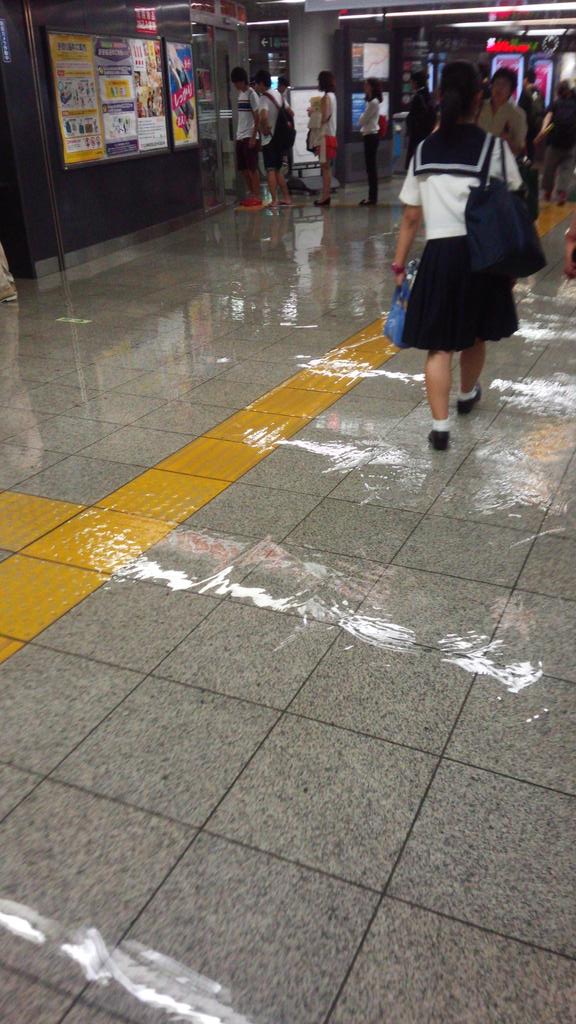
Final Tips
- Stock up on essentials like snacks, water, and batteries before the typhoon hits.
- Charge your phone in advance in case of a power outage.
- Avoid outdoor plans on typhoon days and consider staying indoors to stay safe.
Typhoons are a natural part of Japan’s weather cycle. With proper awareness and precautions, you can stay safe and still enjoy your trip!
Alcoholic beverage Anime April Architecture August Autumn Building Capital Area Cherry blossom February Flower Hokkaido January Japanese food July Kinki kyoto Local ramen Manga March Nagoya Nature Nightlife Night view October Osaka Photogenic Pink Red September Shopping Shrine Souvenir Spring Station Summer Superb view Temple Tips Tohoku Tokai Tokyo Torii White Winter

